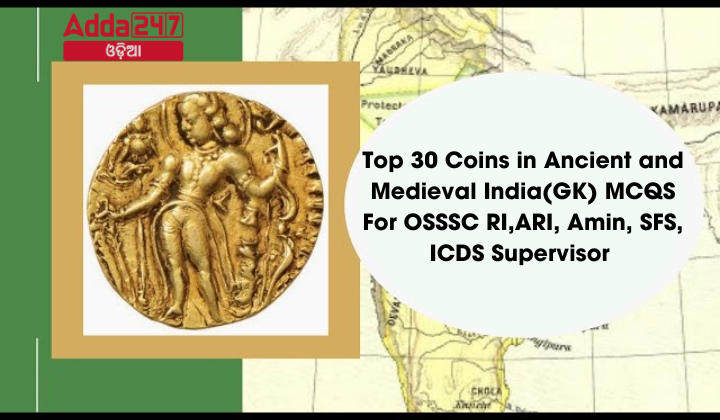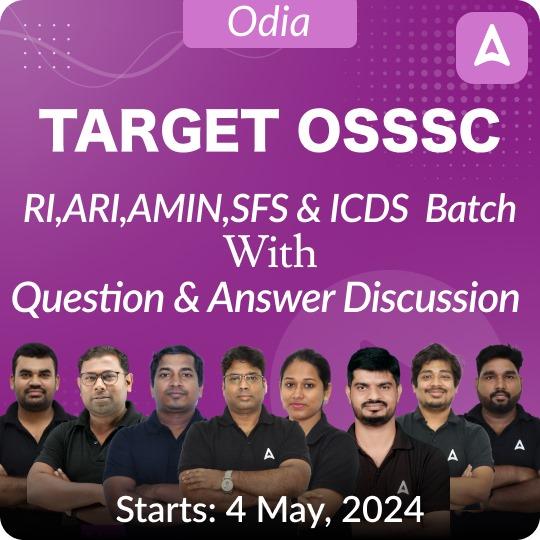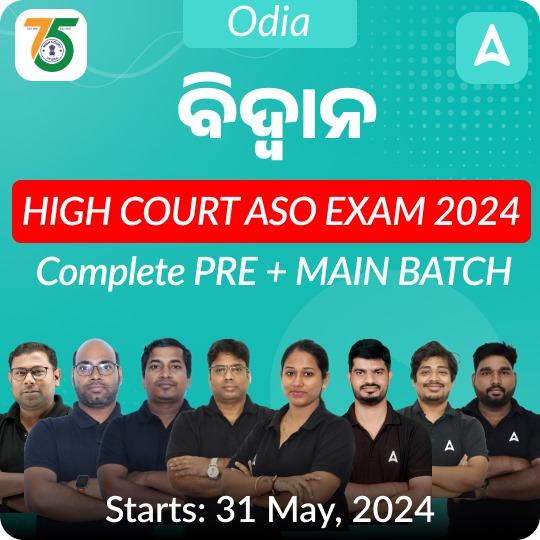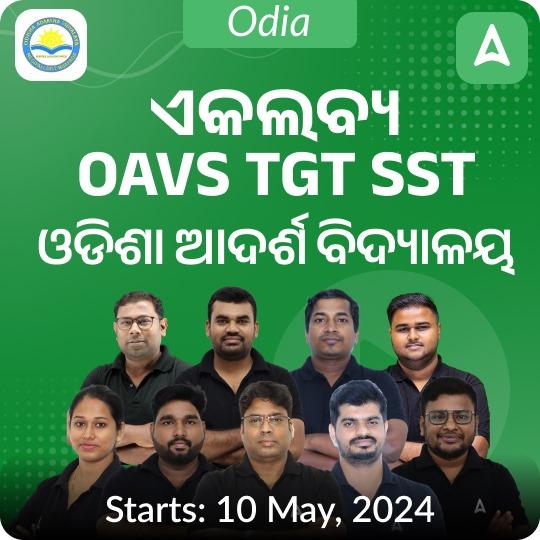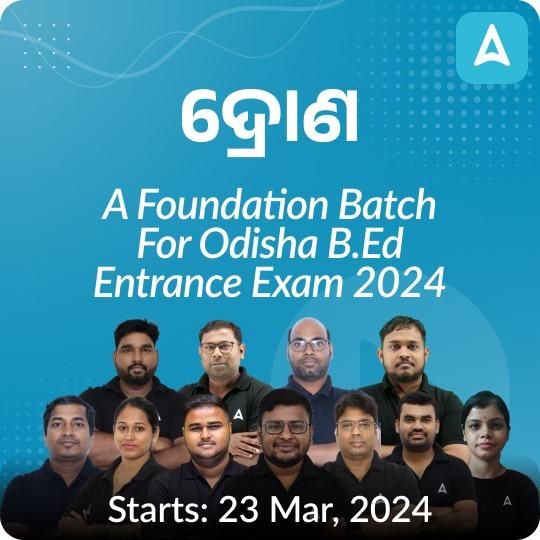Ancient and medieval India saw a rich diversity of cultures, kingdoms, and dynasties, each leaving behind a legacy of coins that reflect their history, economy, and artistry. These coins serve as invaluable artifacts for historians and provide crucial insights into the socio-economic conditions of their times. For competitive exams like OSSSC RI, ARI, Amin, SFS, and ICDS Supervisor, having a strong grasp of these numismatic treasures is essential. Here’s a curated list of the top 30 coins from ancient and medieval India, accompanied by multiple-choice questions (MCQs) to test your knowledge.
Top 30 Coins in Ancient and Medieval India(GK) MCQS For OSSSC RI,ARI, Amin, SFS, ICDS Supervisor
- What were the earliest Indian coins called?
(a) Casted coins
(b) Die-struck coins
(c) Punch marked coins
(d) Stamped coins
Answer: (c) Punch marked coins - During which period were punch marked coins first minted?
(a) 6th century AD
(b) 2nd century AD
(c) 6th century BC
(d) 2nd century BC
Answer: (c) 6th century BC - Which Indian text mentions the process of making punch marked coins?
(a) Arthashastra
(b) Manusmriti
(c) Ashtadhyayi
(d) Jataka stories
Answer: (c) Ashtadhyayi - Which region’s punch marked coins featured a humped bull symbol?
(a) Saurashtra
(b) Dakshin Panchala
(c) Magadha
(d) Gandhara
Answer: (a) Saurashtra - During which dynasty were punch marked coins known as Karshapanas minted?
(a) Mauryan
(b) Gupta
(c) Kushan
(d) Satavahana
Answer: (a) Mauryan - Which symbols were most consistent on Mauryan Karshapanas?
(a) Bull and Swastika
(b) Elephant and Wheel
(c) Sun and Six-armed Wheel
(d) Lion and Lotus
Answer: (c) Sun and Six-armed Wheel - During which period did the Indo-Greeks rule in India?
(a) 500 BC – 200 AD
(b) 180 BC – 10 AD
(c) 200 BC – 300 AD
(d) 300 BC – 500 AD
Answer: (b) 180 BC – 10 AD - What was significant about Indo-Greek coins?
(a) Bilingual legends in Greek and Latin
(b) Images of Indian deities only
(c) Use of lead as the primary metal
(d) Detailed information about issuing monarchs
Answer: (d) Detailed information about issuing monarchs - Which Indian dynasty introduced portrait heads on coins?
(a) Mauryan
(b) Gupta
(c) Kushan
(d) Satavahana
Answer: (c) Kushan - Which material did the Satavahana kings predominantly use for their coins?
(a) Silver
(b) Gold
(c) Potin (silver-copper alloy)
(d) Lead
Answer: (d) Lead - Which metal was primarily used for Gupta coins?
a) Gold
b) Silver
c) Copper
d) Bronze
Ans: a) Gold - Who introduced silver coins in the Gupta period?
a) Samudragupta
b) Chandragupta I
c) Chandragupta II
d) Skandagupta
Ans: c) Chandragupta II - What was depicted on one side of Gupta gold coins?
a) Goddess Lakshmi
b) King performing rituals
c) Images of deities
d) All of the above
Ans: b) King performing rituals - Which script was used for inscriptions on Gupta coins?
a) Kharosthi
b) Brahmi
c) Devanagari
d) Pali
Ans: b) Brahmi - Gupta coins are noted for depicting rulers in which activities?
a) Martial and leisure activities
b) Religious ceremonies
c) Administrative duties
d) Agricultural practices
Ans: a) Martial and leisure activities - Q6. What led to the decline of Gupta coinage?
a) Roman invasion
b) Hun invasion
c) Persian conquest
d) Chinese intervention
Ans: b) Hun invasion - Which dynasty succeeded the Guptas in Northern India?
a) Vardhanas
b) Cholas
c) Rashtrakutas
d) Pallavas
Ans: a) Vardhanas - What was depicted on the reverse side of Vardhana silver coins?
a) King’s head
b) Peacock
c) Lotus
d) Bull
Ans: b) Peacock - Which dynasty’s coins featured a temple or lion image?
a) Chalukyas
b) Rashtrakutas
c) Pandyas
d) Pallavas
Ans: a) Chalukyas - Rajput coins often depicted:
a) Goddess Saraswati
b) Seated bull
c) Dancing Shiva
d) Buddha
Ans: b) Seated bull - Pandyas’ early coins featured which animal?
a) Elephant
b) Horse
c) Lion
d) Fish
Ans: a) Elephant - What was inscribed on Chola coins in Sanskrit?
a) King’s name
b) Queen’s name
c) Prime Minister’s name
d) None of the above
Ans: a) King’s name - Turkish and Delhi Sultanate coins avoided depicting:
a) Animals
b) Monarchs
c) Weapons
d) Deities
Ans: b) Monarchs - Who introduced the silver Tanka and copper Jital?
a) Iltutmish
b) Alauddin Khilji
c) Muhammad bin Tughlaq
d) Sher Shah Suri
Ans: a) Iltutmish - Which emperor introduced the rupee and dam currency?
a) Akbar
b) Babur
c) Sher Shah Suri
d) Humayun
Ans: c) Sher Shah Suri - Vijayanagara Empire coins were predominantly made of:
a) Gold
b) Silver
c) Copper
d) Iron
Ans: a) Gold - Mughal coins under Akbar included which new religious creed?
a) Jainism
b) Buddhism
c) Christianity
d) Din-i-Illahi
Ans: d) Din-i-Illahi - Jahangir’s coins are famous for featuring:
a) Zodiac signs
b) Floral patterns
c) Geometric shapes
d) Islamic calligraphy
Ans: a) Zodiac signs - Sher Shah Suri’s coinage introduced which weight standards?
a) 100 grains for silver, 200 grains for copper
b) 150 grains for silver, 300 grains for copper
c) 178 grains for silver, 330 grains for copper
d) 200 grains for silver, 400 grains for copper
Ans: c) 178 grains for silver, 330 grains for copper - The Coinage Act of 2011 replaced which earlier legislation?
a) Coinage Act, 1906
b) Coinage Act, 1952
c) Coinage Act, 1985
d) Coinage Act, 2000
Ans: a) Coinage Act, 1906

